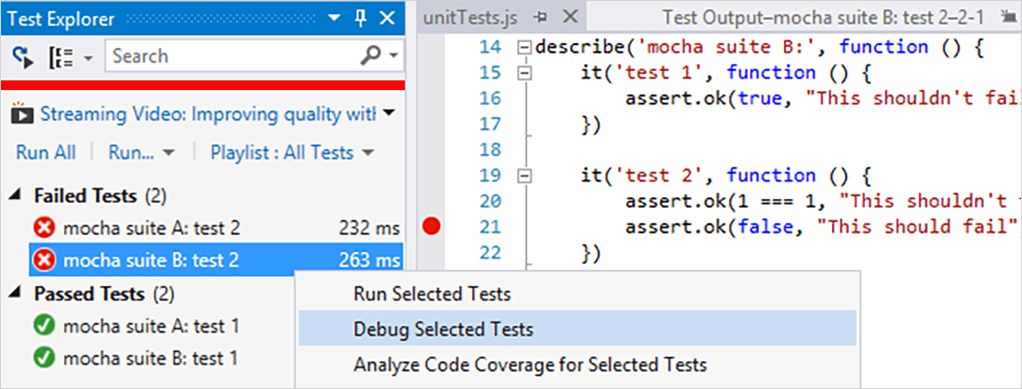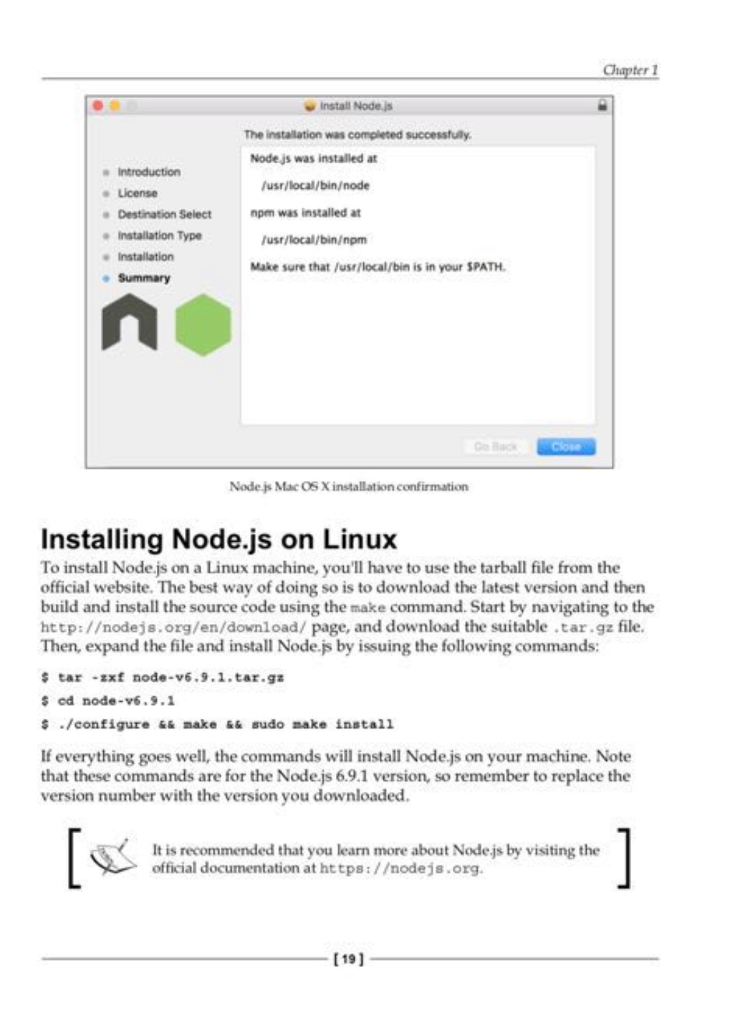
I recently bought a new MacBook Pro with the M1 Apple Silicon CPU. While most things seem to be working great, some developer tools are not yet distributed as native aarch64 binaries. Currently, nodejs is one of those tools. The developers are working on official support, but it isn’t available yet. Fortunately thanks to the nvm project it is still easy to get up and running.
First, if you do not already have the xcode command line tools installed you should install them. This will download the needed C++ compiler and other development tools. Do this by running:
Once that completes, install nvm per their instructions. The command will look something like the following (to ensure you get the latest version of nvm use the command from Github).
Note that if you do not already have a profile file (~/.bash_profile, ~/.zshrc, ~/.profile, or ~/.bashrc) for your shell it won’t be able to install correctly. You should create the appropriate file(s) first before running the command below.
But before you can use Node.js or NPM you need to install them — while the NodeJS website includes an installer, there’s a better way to install them on a Mac. In this article, I’ll take you through the process of installing Node.js and NPM on a Mac using Homebrew. In this article, we will see how to download and install Node js on Mac OS. Node js download and installation steps on Mac OS: 1. Go to website nodejs.org. Click on LTS version to start download. Then it starts download to Downloads directory in Mac OS.
Now that you have nvm installed you can run the following command to install node. Version 15 is the one that currently (Jan 2021) works on aarch64 for Mac.
If everything works correctly this step will take a while to compile everything and copy the newly buily node to the correct install location inside the ~/.nvm directory. After the build and install completes test the install by running:
You will probably need to close and re-open your terminal for the command to be found.
Node Js 10.16.3 Download For Mac
Finally, you will want to clear the nvm cache to reduce clutter. After the build mine was consuming about 11GB, vs about 100MB once the cache was cleared. This can be done using:
Hopefully, this helps someone else that is also on the bleeding edge of Apple hardware!


Install Node On Mac
This article is also published on dev.to.
Node.js is required for using many JavaScript tools and for creating server-side JavaScript applications. Here is how you install Node.js on a Mac.
The first thing you should do is check to see if you have a version of Node.js already installed. To do that:
Download Node Js 12.16.1 For Mac
- Open the Terminal by pressing Command+Space to open Spotlight Search and entering
Terminalthen pressing Enter. - Enter
node - vin the Terminal and press Enter. - If you do have Node.js installed, it will output the version.
- Update to the latest version using
npm i -g npm. If you get a bunch ofcheckPermissionswarnings, you should run the command as the superuser like this:sudo npm i -g npm - You now have the latest version installed. You do not need to continue with these instructions.
- Update to the latest version using
- If you do not have Node.js installed, it will output something like
-bash: node: command not found. Continue with these instructions to install it. - Go to nodejs.org. You'll see download links for MacOS. If you are using Node.js for a Webucator class, you should select the LTS version. The Current version has the latest features, but may be more prone to changes and bugs than the LTS (Long Term Support) version.
- When the file finishes downloading, locate it in Finder and double-click on it.
- Go through the entire installation process.
- When installation is complete, open the Terminal by pressing Command+Space to open Spotlight Search and entering
Terminalthen pressing Enter. - Enter
node - vin the Terminal to verify that Node.js is installed correctly and to see the version of Node.js that was installed.
If a version was output, then you're all set.